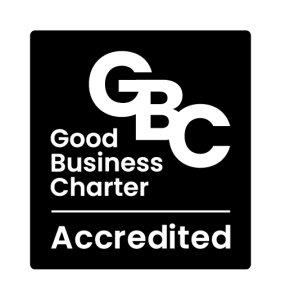Remember when youngsters (of whatever gender) used to flutter their eyelashes and plead with the bar staff to let them buy a crafty underage drink? It might have been a phenomenon back in the mists of the last century, but for some years now, flattery has been getting the under-18s precisely nowhere.
The Challenge 21 scheme was introduced in 2006 amid concerns that under-age drinking was too common, and that the onus on deciding who could and couldn’t have a drink put too much responsibility on bar staff. The scheme required proof of age and whilst teens weren’t too impressed, it proved an immediate deterrent.
Challenge 21 required those who didn’t look above 21 to provide evidence of their age, but a couple of years down the line, it was felt that the three-year gap between the legal drinking age of 18 and the stated age still left too much margin for error.

So, Challenge 25 followed in 2009. This stretched the gap between actual and perceived age to seven years, providing a more realistic chance of licence holders staying within the law. Under-18s might manage to mask as 21-year-olds, but turning yourself into a ‘mid-twenties’ is much more of an ask.
Since its introduction well over a decade ago, Challenge 25 has led to a huge reduction in under-age drinking – which is, after all, the whole point. And where Challenge 21 was the pioneering scheme, its bigger (though younger) counterpart has become the gold standard for licensed premises. Off-sales, including supermarkets, still work to the ‘21’ requirements, but licensed premises which take up the scheme almost universally opt for Challenge 25.
The scheme has massive benefits – and not just in terms of protecting young people. Anyone who has held a drinks licence knows that it comes with strict conditions – the most basic of which being ‘don’t serve booze to kids’! OK, that’s not the exact wording but it’s certainly the message.
Any licensee signing up to the scheme can be confident of being backed by an ongoing national campaign, and because the very fact of Challenge 25 takes all the heat off bar staff. A blanket policy rules out any rationale for arguing with staff who refuse to serve. It’s a simple but effective argument: show me proof of your age.
Those challenged will be asked for specific documents – a passport, a driving licence with photographic evidence or a hologram card issued by the PASS scheme (the National Proof of Age Standards Scheme).
It should go without saying, but…it’s obviously in the licensee’s interests to follow Challenge 25’s guidelines. Penalties for serving under-18s are severe and include unlimited fines, premises closure and even the revoking of a licence.
All the necessary information for the Challenge 25 scheme is available online, but we at Complete Licensing are happy to guide you through the process of signing up and continued adherence to the scheme, including advising staff, monitoring best practice and incident reporting. We cover every angle and offer the fullest advice going forward so that clients can be sure of better compliance and age-appropriate clients.
You can download them here https://rasg.org.uk/materials2/
It’s a voluntary scheme, but has become the hospitality industry standard for preventing under-age drinking.
The requirement to show proof of age takes uncertainty out of the equation and relieves staff of the burden of having to make judgements which could prove costly.
The British Beer and Pub Association, (which was instrumental in launching the scheme) and the government have produced figures that show it has been massively successful at driving down under-age drinking in England and Wales. Figures for Scotland show a similar trend. Almost a million people have been trained in the application of Challenge 25 and more than 11 million have been challenged to show identity.

